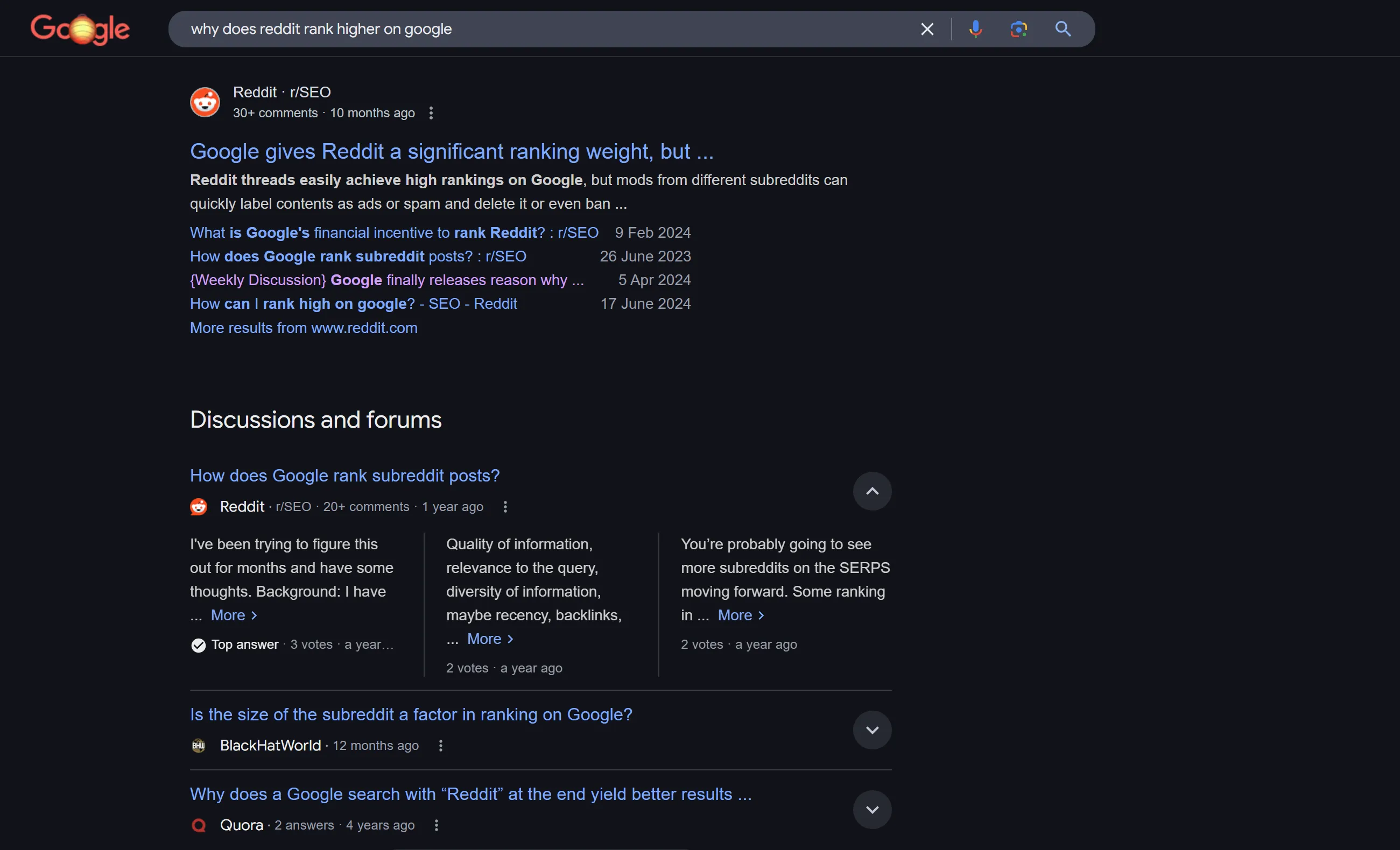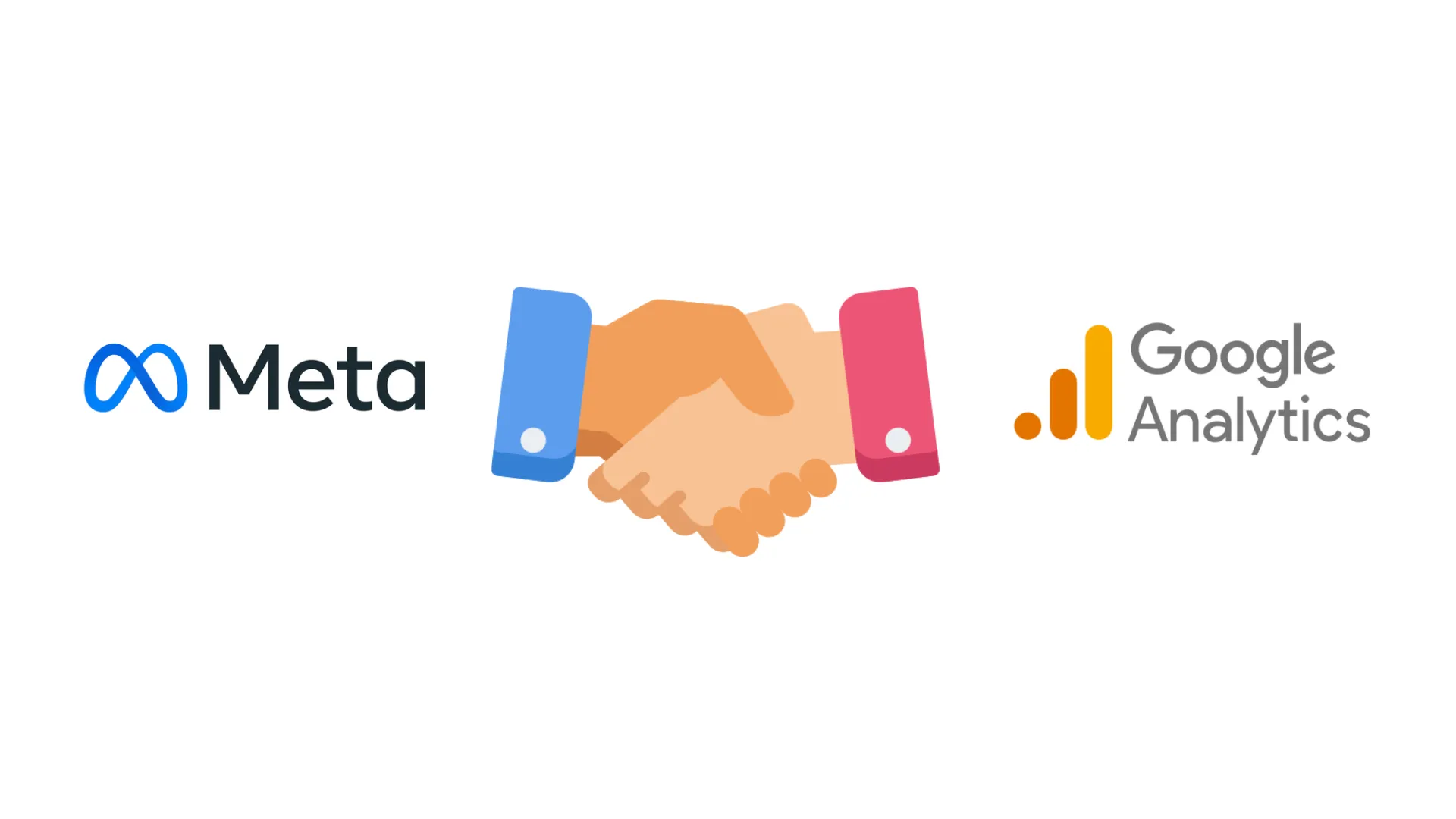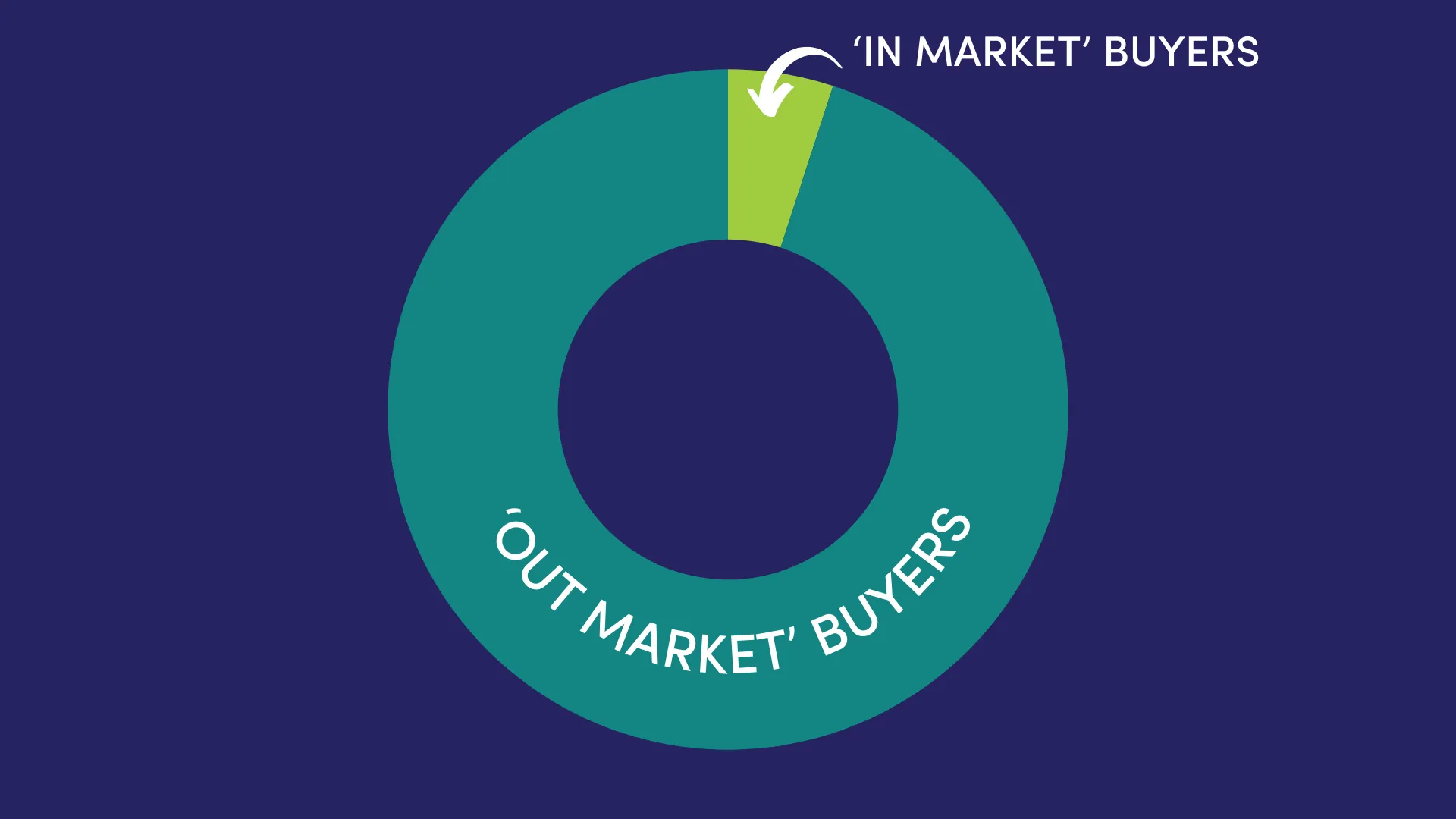The integration we’ve been waiting for is finally here! Meta has introduced a groundbreaking connection with Google Analytics, enabling advertisers to link their Google Analytics properties to their Meta Pixel. This innovation has the potential to revolutionise how businesses track, optimise and enhance ad performance.
So far, a beta version of this integration has been tested with a select group of users and is expected to roll out to all Meta advertisers later this year.
By leveraging this integration, advertisers can gain deeper insights into the conversions that matter most across their marketing mix.
Benefits of Integrating Meta with Google Analytics
Meta reports that this integration, which connects via a simple API setup, can boost conversions by up to 22% based on user data. Advertisers may start seeing performance improvements within two weeks of implementing the integration.
Additional benefits include:
1. Enhanced Cross-Platform Measurement
Tracking performance across multiple platforms has traditionally required separate attribution models. With this integration, Meta can access external conversion data from Google Analytics, providing a more unified view of ad impact across various channels.
2. Comprehensive Analytics
By combining Meta’s ad performance metrics with GA4’s advanced analytics features, advertisers can gain a more holistic understanding of user behaviour, leading to better-informed marketing decisions.
3. Improved Reporting
GA4 offers powerful reporting tools and customisable dashboards. Integrating Meta with GA4 allows advertisers to leverage these features for more insightful campaign analysis.
4. Advanced Audience Segmentation
GA4’s audience-building capabilities, combined with Meta’s advertising data, allow for better audience segmentation so you can target ads more effectively.
Potential Challenges
While promising, this integration is still in its early stages, and some limitations exist:
- Limited Ad Impression Data: Advertisers running top-of-funnel or awareness campaigns may face challenges in measuring campaign reach, as GA4 does not track ad impressions.
- Data Privacy Constraints: GA4 adheres to strict privacy regulations and does not track individual users, which may limit advertisers’ ability to attribute sales data accurately.
How to Access Meta’s Google Analytics Integration
Currently, Meta’s GA4 integration is in beta testing, meaning not all advertisers have access yet.
Advertisers who are eligible will see a pop-up notification when logging into their Meta advertiser account, prompting them to connect their Google Analytics data.
For those with access, the integration can also be found in Meta by navigating to Event Manager and selecting Google Analytics under Partner Integrations.
Got Questions?
Aston Digital has the answers! Contact us today to learn more about maximising your ad performance with this powerful integration.

A client of ours in the watersports game is heading into their quiet season as summer draws to a close. Quiet season = less sales. So, to [...]

Artificial Intelligence (AI) is a lot like Vegemite - you either love it or hate it. But if you haven’t tried it yet, it’s worth a taste. [...]

Have you noticed more Reddit and Quora threads appearing in Google search results? Whether you're looking for product recommendations or step-by-step guides, chances are you'll find a [...]

It’s a total coincidence that the title of this article rhymes, but hey, let’s make it a catch cry; thrive in 2025! This year is shaping up [...]

The integration we’ve been waiting for is finally here! Meta has introduced a groundbreaking connection with Google Analytics, enabling advertisers to link their Google Analytics properties to [...]

A client of ours in the watersports game is heading into their quiet season as summer draws to a close. Quiet season = less sales. So, to [...]

Artificial Intelligence (AI) is a lot like Vegemite - you either love it or hate it. But if you haven’t tried it yet, it’s worth a taste. [...]

Did you know that up to 95% of your potential business clients aren’t looking to buy right now? It sounds like a small detail, but it has [...]

Social media followers are great - the more, the merrier - but how can you convert this audience into subscribers who engage with your brand on a [...]

You know how they say your dopamine levels rise when you eat chocolate? Well, we get that same feeling when we look at data. Why? Because digital [...]

Have you noticed more Reddit and Quora threads appearing in Google search results? Whether you're looking for product recommendations or step-by-step guides, chances are you'll find a [...]

It’s a total coincidence that the title of this article rhymes, but hey, let’s make it a catch cry; thrive in 2025! This year is shaping up [...]

Starting December 13, 2024, Instagram is removing the ability to follow hashtags in the app. This change follows Instagram CEO Adam Mosseri’s recent video Story which explains that [...]

Consumers are becoming more emotive in their buying decisions and are craving genuine connections with brands. Enter low-fidelity (lo-fi) content. More than just a passing trend, lo-fi content [...]

